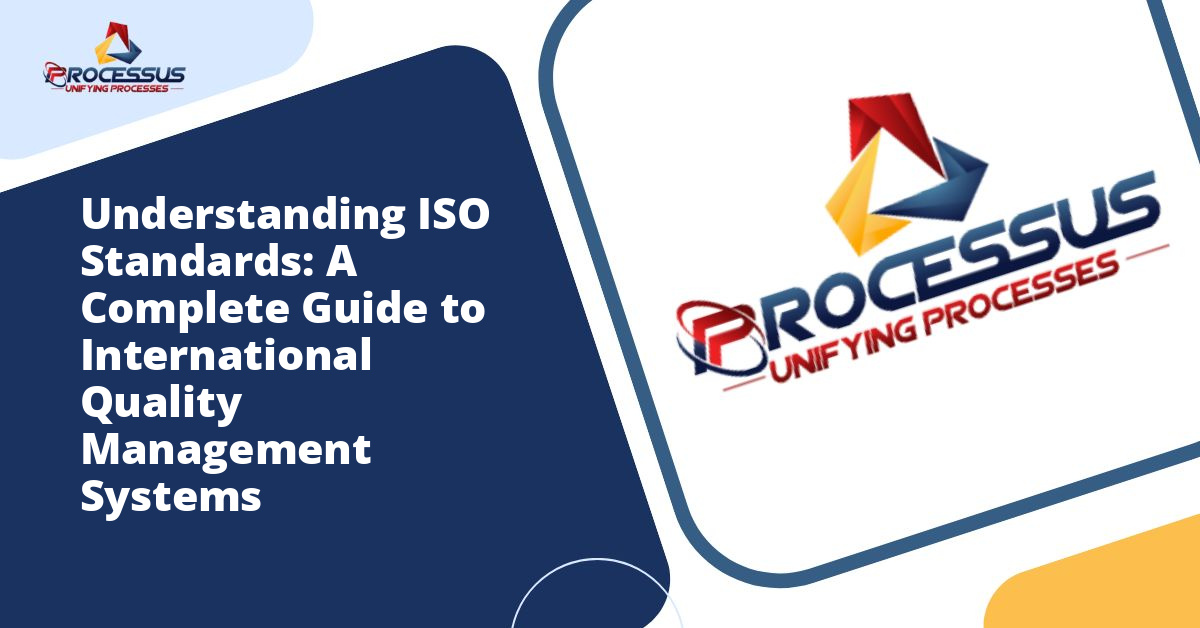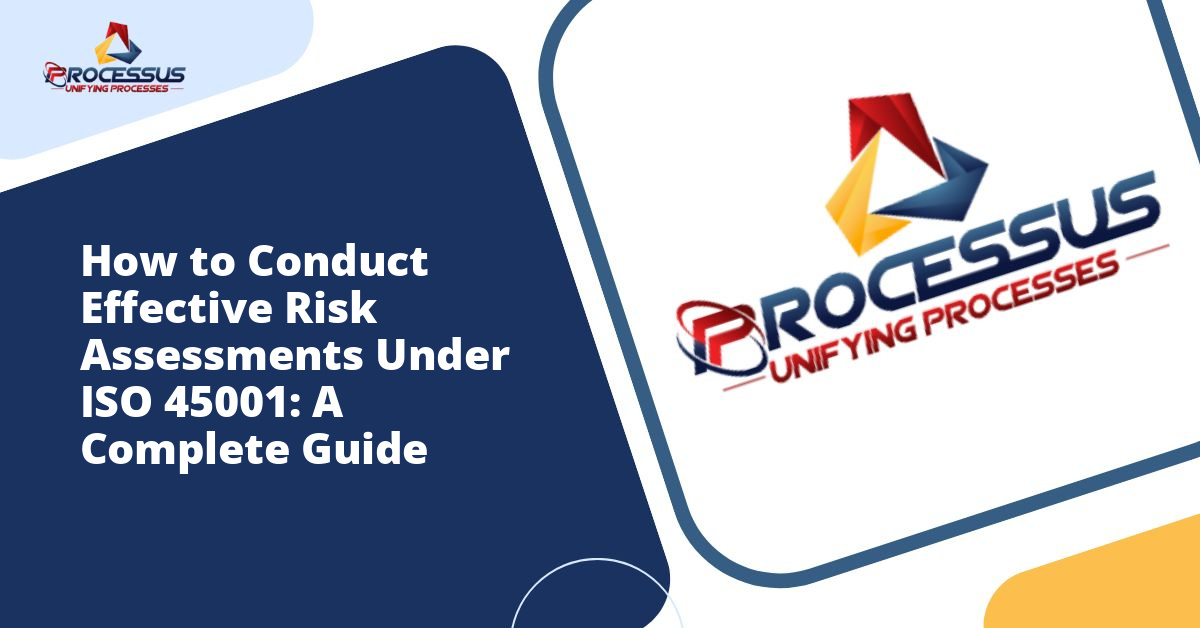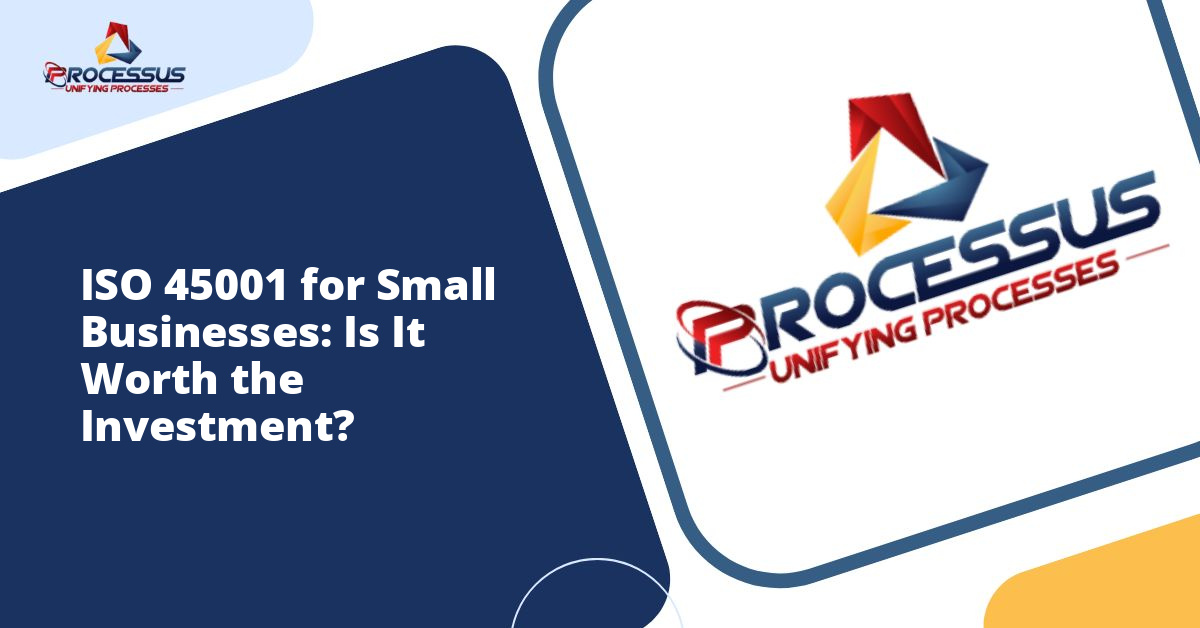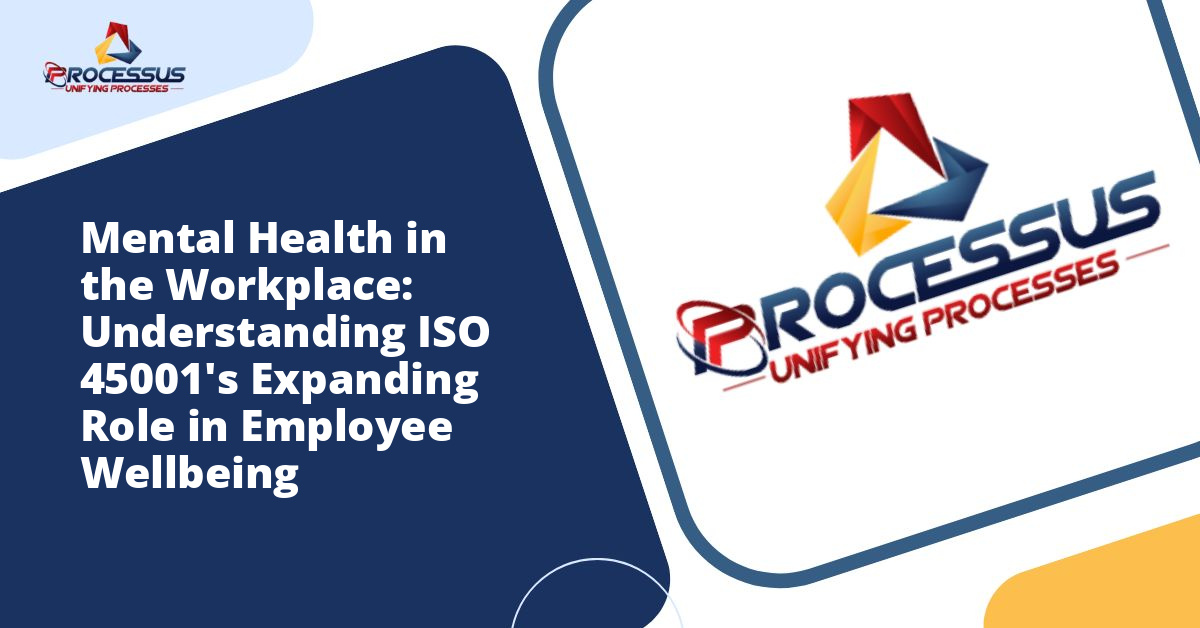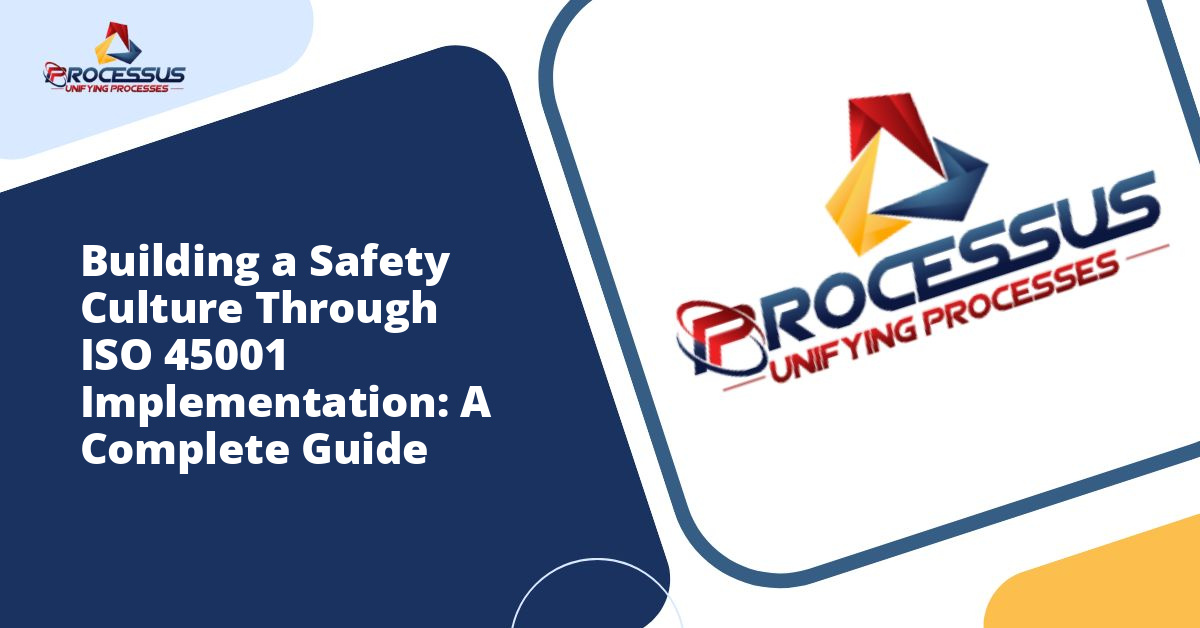In today’s interconnected global marketplace, businesses and organizations face increasing pressure to demonstrate reliability, quality, and consistency in their operations. This is where ISO standards come into play, serving as internationally recognized benchmarks that help organizations streamline processes, improve efficiency, and build trust with customers worldwide. Whether you are a small business owner, a quality manager, or simply curious about how international standards shape the products and services you use daily, understanding ISO standards is essential in our modern world.
What Are ISO Standards?
ISO standards are internationally agreed upon specifications and guidelines developed by the International Organization for Standardization. Founded in 1947, this independent, non-governmental organization brings together experts from around the world to create voluntary standards that facilitate international trade, ensure safety, and promote best practices across virtually every industry imaginable.
The term “ISO” is not an acronym but derives from the Greek word “isos,” meaning equal. This name reflects the organization’s mission to create a level playing field where businesses, regardless of their location, can operate according to universally recognized principles. With over 24,000 standards published to date, ISO covers everything from quality management and environmental responsibility to information security and food safety.
The Importance of ISO Standards in Modern Business
ISO standards play a crucial role in shaping how organizations operate globally. They provide a common language and framework that transcends national borders, cultural differences, and industry-specific practices. When a company adopts ISO standards, it signals to customers, partners, and stakeholders that it is committed to maintaining high levels of quality, safety, and efficiency.
Building Customer Trust and Confidence
One of the most significant benefits of ISO certification is the trust it builds with customers. When consumers see that a company is ISO certified, they know that the organization has undergone rigorous evaluation and meets internationally recognized criteria. This certification serves as a powerful marketing tool, differentiating businesses from competitors and demonstrating a commitment to excellence that goes beyond mere claims.
Facilitating International Trade
For businesses engaged in international commerce, ISO standards are invaluable. They eliminate technical barriers to trade by ensuring that products and services meet consistent specifications across different countries. This harmonization reduces the need for multiple certifications and testing procedures, ultimately lowering costs and speeding up market entry for businesses expanding globally.
Improving Operational Efficiency
Implementing ISO standards forces organizations to examine their processes critically and identify areas for improvement. This systematic approach often reveals inefficiencies, redundancies, and gaps in procedures that, once addressed, can lead to significant cost savings and productivity gains. Many companies report that the process of becoming ISO certified provides as much value as the certification itself.
Popular ISO Standards and Their Applications
While ISO has published thousands of standards, several have become particularly prominent due to their broad applicability and significant impact on business operations.
ISO 9001: Quality Management Systems
ISO 9001 is perhaps the most well-known and widely implemented ISO standard globally. It provides a framework for establishing, implementing, and maintaining a quality management system that consistently meets customer and regulatory requirements. With over one million certified organizations worldwide, ISO 9001 applies to any organization, regardless of size or industry.
The standard is built on several quality management principles, including customer focus, leadership, engagement of people, process approach, continuous improvement, evidence-based decision making, and relationship management. Organizations that achieve ISO 9001 certification demonstrate their ability to consistently provide products and services that meet customer expectations while also complying with applicable statutory and regulatory requirements.
ISO 14001: Environmental Management Systems
As environmental concerns continue to grow in importance, ISO 14001 has become increasingly relevant for organizations seeking to minimize their environmental impact. This standard provides a framework for developing an environmental management system that helps organizations identify, manage, monitor, and control their environmental issues in a holistic manner.
Companies certified to ISO 14001 demonstrate their commitment to sustainable practices, which can enhance their reputation, reduce waste and energy consumption, lower operational costs, and ensure compliance with environmental regulations. In an era where consumers and stakeholders increasingly value environmental responsibility, this certification can provide a significant competitive advantage.
ISO 27001: Information Security Management Systems
In our digital age, information security has become a paramount concern for organizations of all types. ISO 27001 provides a systematic approach to managing sensitive company information, ensuring its confidentiality, integrity, and availability. The standard covers people, processes, and technology, providing a comprehensive framework for protecting data assets.
With cyber threats constantly evolving and data breaches making headlines regularly, ISO 27001 certification demonstrates that an organization takes information security seriously and has implemented robust controls to protect sensitive information. This certification is particularly valuable for companies handling personal data, financial information, or intellectual property.
ISO 45001: Occupational Health and Safety Management Systems
ISO 45001 focuses on creating safe and healthy workplaces by providing a framework for managing occupational health and safety risks. This standard helps organizations prevent work-related injuries, illnesses, and fatalities while also improving overall workplace safety performance.
Organizations certified to ISO 45001 show their commitment to employee welfare, which can improve morale, reduce absenteeism, lower insurance costs, and demonstrate compliance with health and safety regulations. This standard is applicable to any organization, regardless of size, industry, or location.
ISO 22000: Food Safety Management Systems
The food industry faces unique challenges in ensuring the safety and quality of products from farm to table. ISO 22000 combines the principles of HACCP (Hazard Analysis and Critical Control Points) with management system requirements to provide a comprehensive approach to food safety management.
This standard applies to all organizations in the food chain, from producers and manufacturers to transporters and retailers. ISO 22000 certification helps organizations identify and control food safety hazards, ensure legal compliance, and build consumer confidence in their products.
The ISO Certification Process
Achieving ISO certification is not a simple task; it requires commitment, resources, and systematic effort. Understanding the certification process helps organizations prepare adequately and set realistic expectations.
Gap Analysis and Planning
The first step in pursuing ISO certification involves conducting a gap analysis to determine how current practices align with the chosen standard’s requirements. This assessment identifies areas that need improvement and helps organizations develop an implementation plan with clear objectives, timelines, and resource allocation.
Implementation and Documentation
Once the gaps are identified, organizations must implement the necessary changes to their processes, policies, and procedures. This phase involves significant documentation, as ISO standards require organizations to maintain records demonstrating compliance. The documentation typically includes a quality manual, procedures, work instructions, and various records proving that the system is functioning as intended.
Internal Audits and Management Review
Before seeking external certification, organizations should conduct internal audits to verify that their management system is working effectively and meeting standard requirements. These audits help identify any remaining non-conformities that need to be addressed. Management must also review the system’s performance to ensure it remains suitable, adequate, and effective.
Certification Audit
The certification audit is typically conducted in two stages by an accredited certification body. Stage one involves a review of documentation and readiness assessment. Stage two is a more comprehensive audit where auditors verify that the management system is implemented effectively and meets all standard requirements. If any non-conformities are identified, they must be addressed before certification can be granted.
Maintaining Certification
ISO certification is not a one-time achievement but an ongoing commitment. Certified organizations must undergo regular surveillance audits, typically annually, to ensure continued compliance. Additionally, full recertification audits are required every three years. This ongoing process ensures that organizations maintain their standards and continue to improve their management systems.
Common Challenges in Implementing ISO Standards
While the benefits of ISO certification are substantial, organizations often encounter challenges during implementation. Being aware of these potential obstacles can help businesses prepare and develop strategies to overcome them.
Resource Constraints
Implementing ISO standards requires significant investment in terms of time, money, and human resources. Small and medium-sized enterprises may find it particularly challenging to allocate sufficient resources while maintaining daily operations. Careful planning and phased implementation can help manage resource constraints effectively.
Resistance to Change
Employees accustomed to existing processes may resist the changes required for ISO compliance. Overcoming this resistance requires effective change management, clear communication about the benefits of certification, and involvement of staff at all levels in the implementation process. Leadership commitment is crucial in driving cultural change and ensuring employee buy-in.
Documentation Burden
The documentation requirements of ISO standards can seem overwhelming, especially for organizations without established documentation practices. However, it is important to remember that documentation should be proportionate to the size and complexity of the organization. Modern digital tools can help streamline documentation processes and make maintaining records more manageable.
Maintaining Momentum
After achieving certification, some organizations struggle to maintain the momentum and commitment needed for continuous improvement. The management system can become a bureaucratic exercise rather than a dynamic tool for improvement. Regular training, periodic reviews, and celebrating successes can help keep the system alive and relevant.
The Future of ISO Standards
ISO standards continue to evolve to meet the changing needs of businesses and society. Several trends are shaping the future direction of international standardization.
Digital Transformation
As digital technologies transform how businesses operate, ISO standards are adapting to address new challenges and opportunities. Standards related to artificial intelligence, blockchain, cybersecurity, and data management are being developed to help organizations navigate the digital landscape responsibly and effectively.
Sustainability and Climate Change
With growing awareness of climate change and sustainability issues, ISO is developing standards to help organizations measure and reduce their environmental impact, transition to circular economy models, and contribute to global sustainability goals. Future standards will likely place even greater emphasis on environmental and social responsibility.
Integration of Management Systems
Recognizing that organizations often implement multiple management systems, ISO has developed the High-Level Structure (HLS) to make different standards more compatible and easier to integrate. This harmonized approach reduces duplication, simplifies implementation, and makes it easier for organizations to manage multiple certifications efficiently.
Making the Decision to Pursue ISO Certification
Deciding whether to pursue ISO certification is a strategic decision that should be based on careful consideration of your organization’s goals, resources, and market position. While certification offers numerous benefits, it is not the right choice for every organization at every stage of development.
Consider your customers’ expectations, competitive landscape, regulatory requirements, and internal capabilities. If certification aligns with your strategic objectives and you can commit the necessary resources, the investment can yield significant returns in terms of improved processes, enhanced reputation, and increased market opportunities.
However, remember that the true value of ISO standards lies not just in the certificate on the wall but in the genuine improvement to your management systems and organizational culture. Approach certification as a journey toward excellence rather than a destination, and you will maximize the benefits for your organization.
Conclusion
ISO standards represent a powerful tool for organizations seeking to improve their operations, build customer trust, and compete effectively in global markets. From quality management and environmental responsibility to information security and workplace safety, these internationally recognized standards provide frameworks that have been proven effective across millions of organizations worldwide.
While achieving and maintaining ISO certification requires significant commitment and resources, the benefits often far outweigh the costs. Organizations that embrace the principles underlying ISO standards and integrate them genuinely into their culture position themselves for long-term success in an increasingly competitive and interconnected world.
Whether you are just beginning to explore ISO standards or are well along the certification journey, remember that the ultimate goal is not just compliance but continuous improvement. By adopting this mindset and leveraging the frameworks provided by ISO standards, your organization can achieve new levels of excellence, efficiency, and customer satisfaction that drive sustainable success for years to come.

